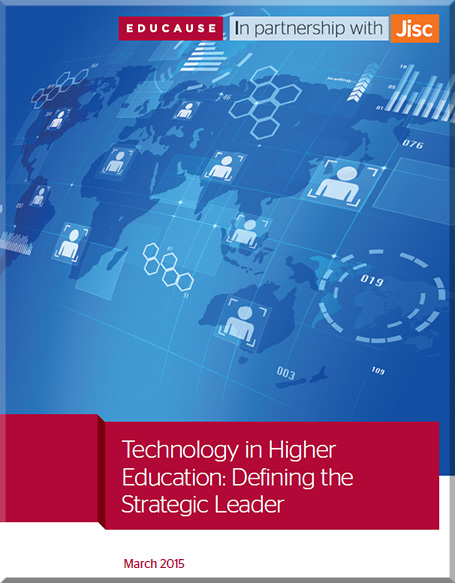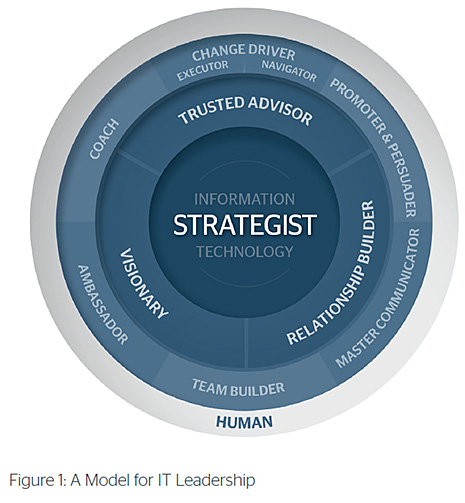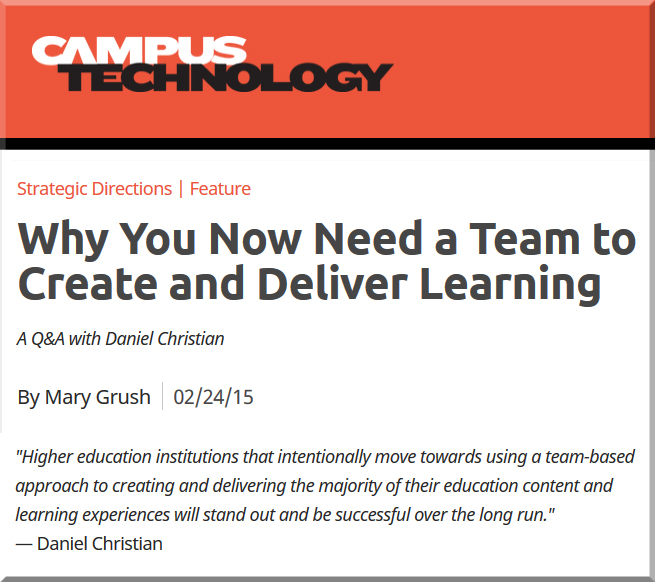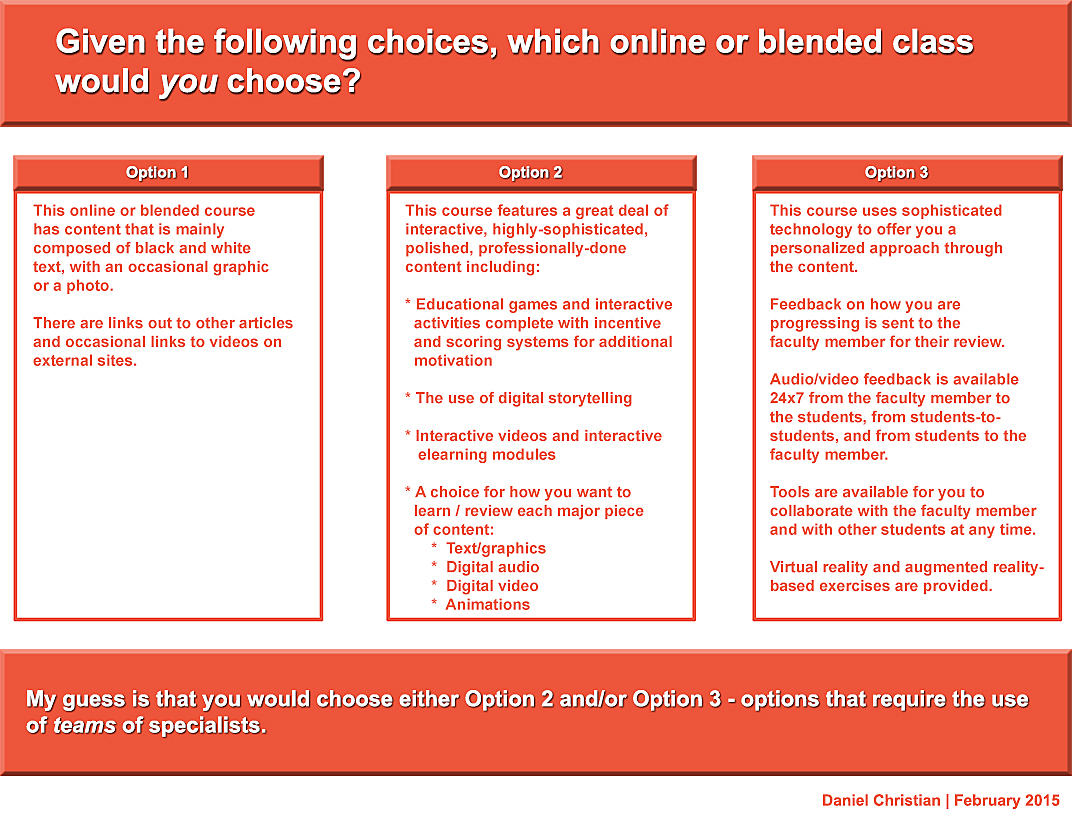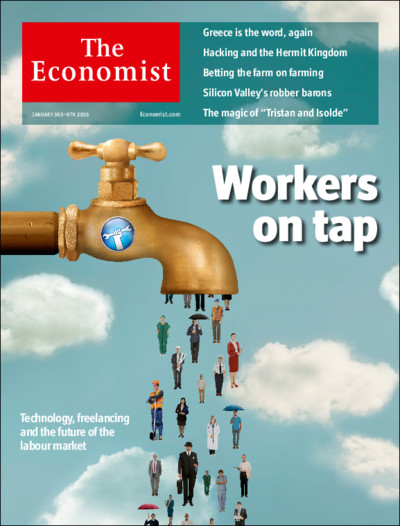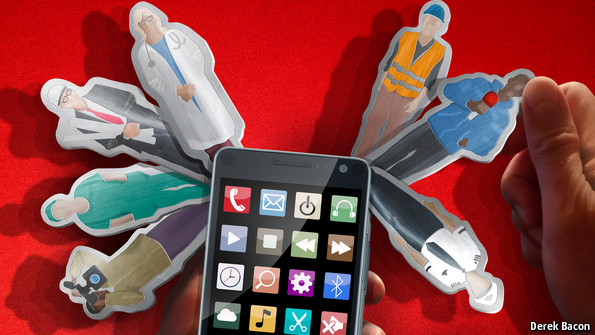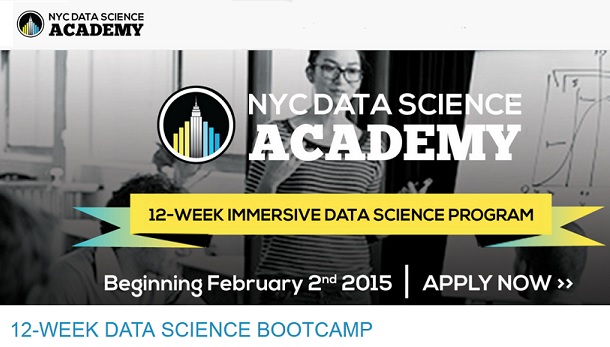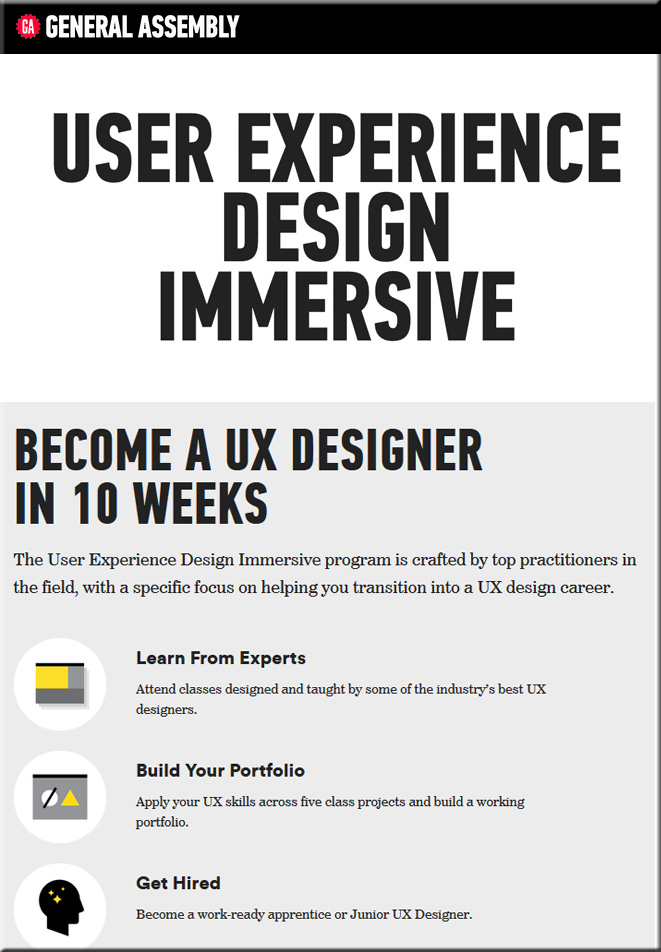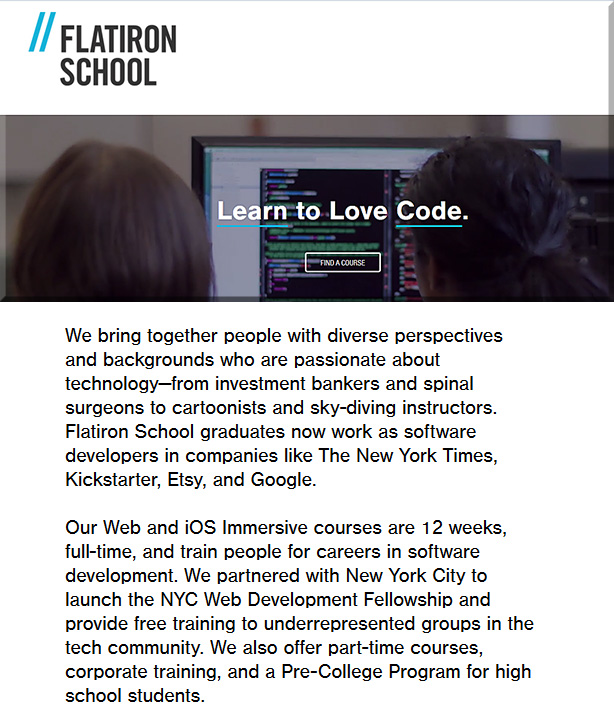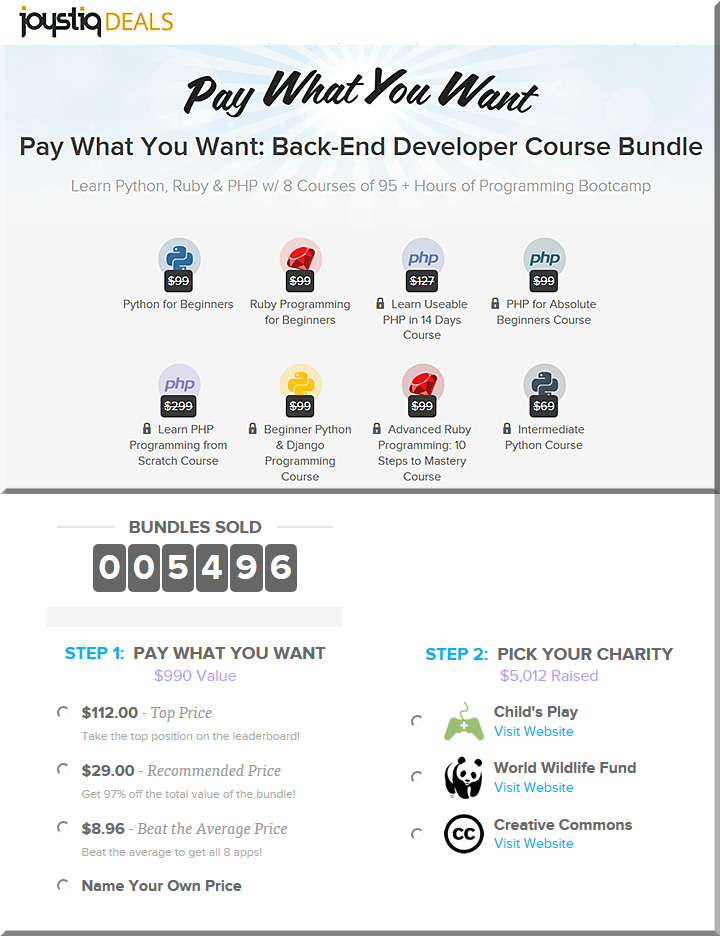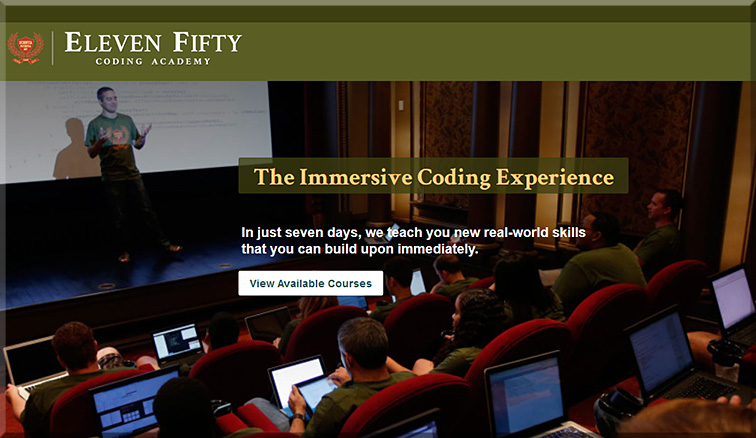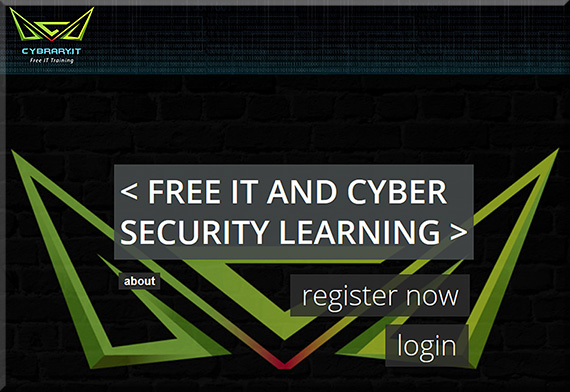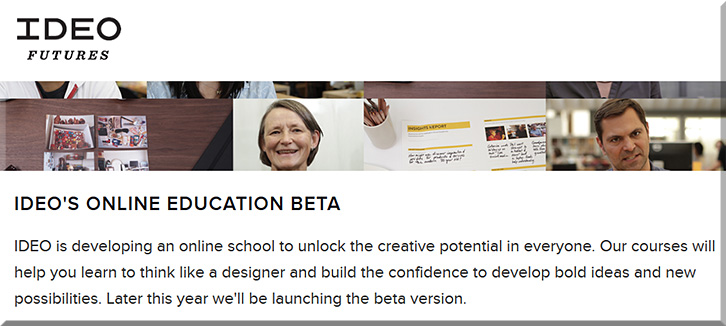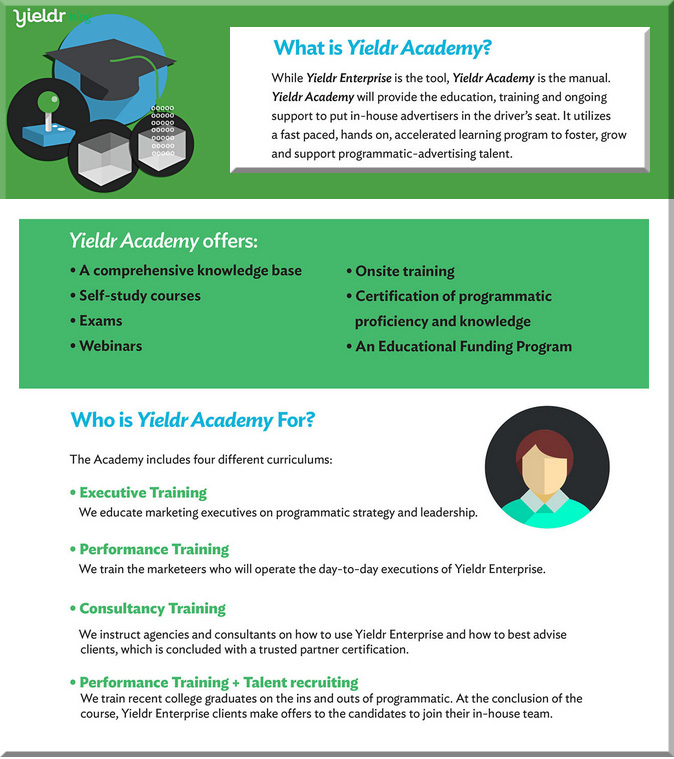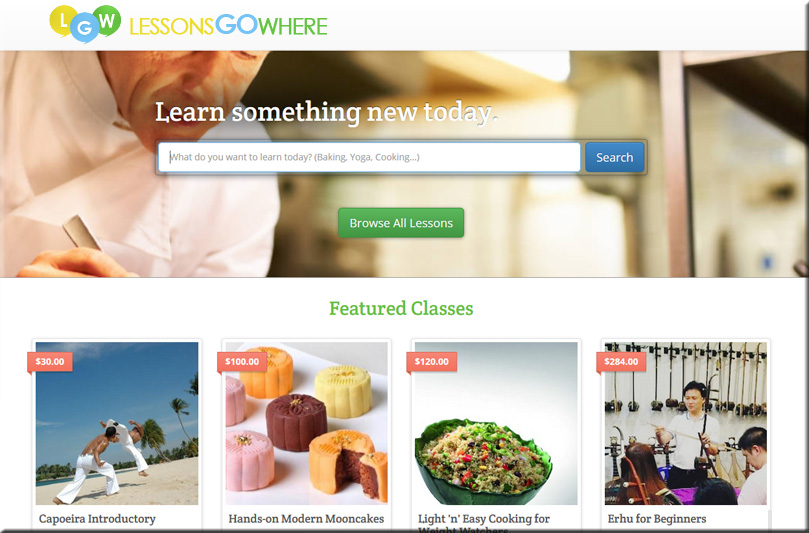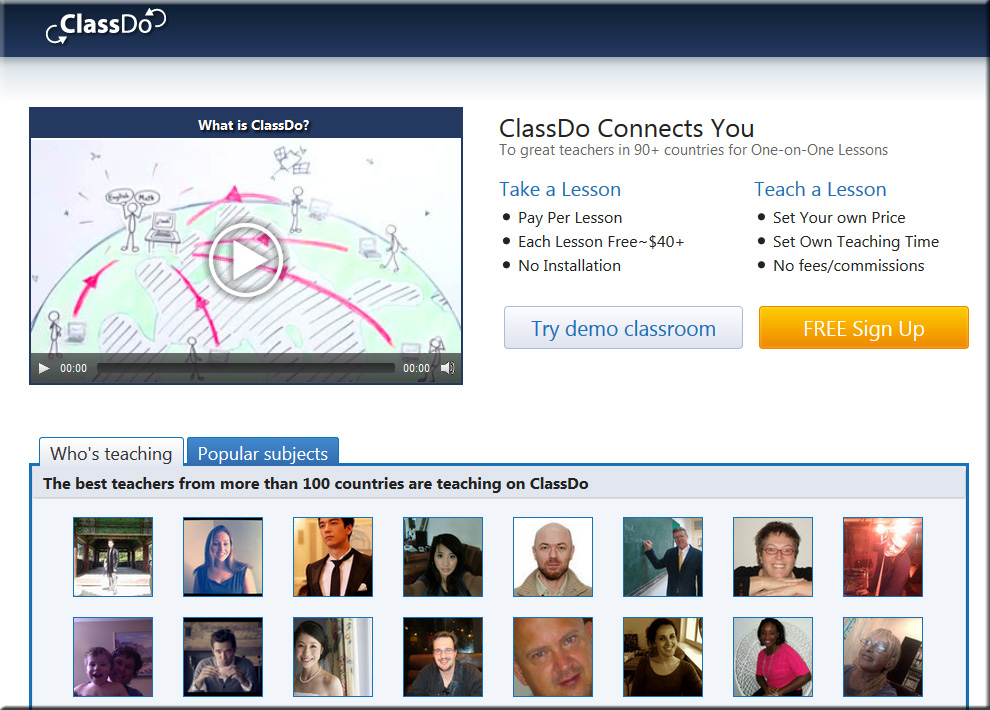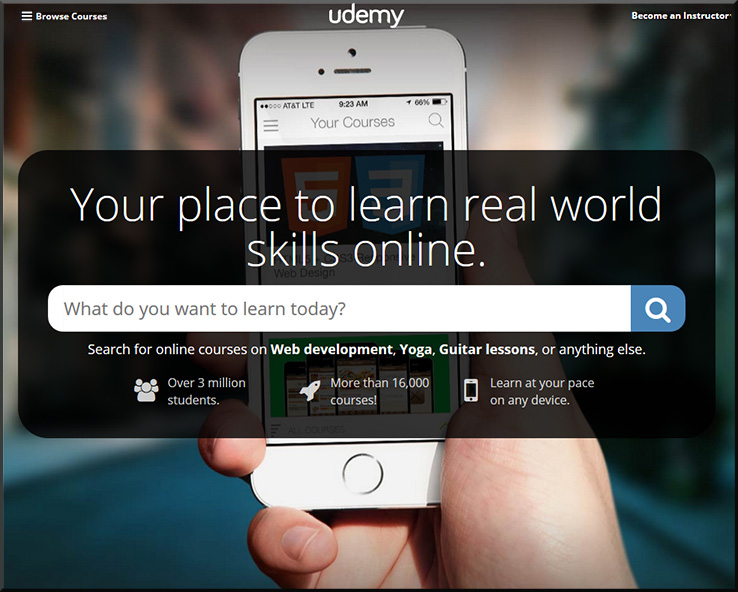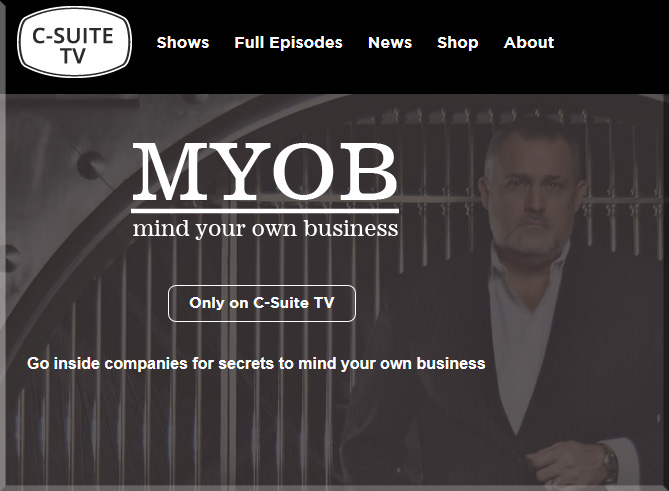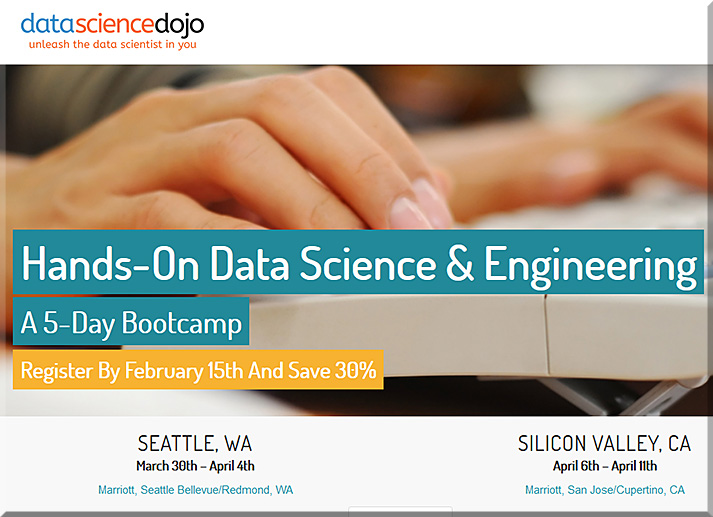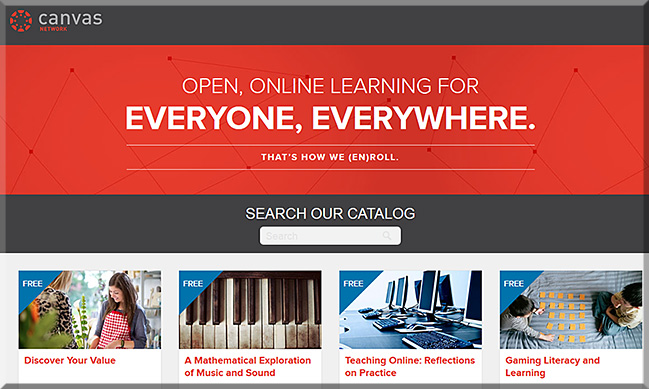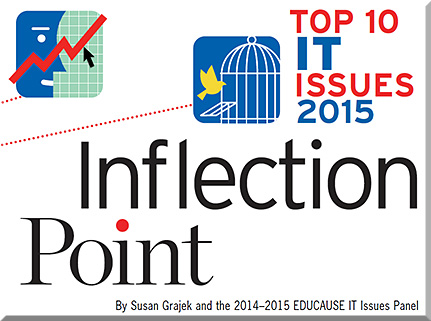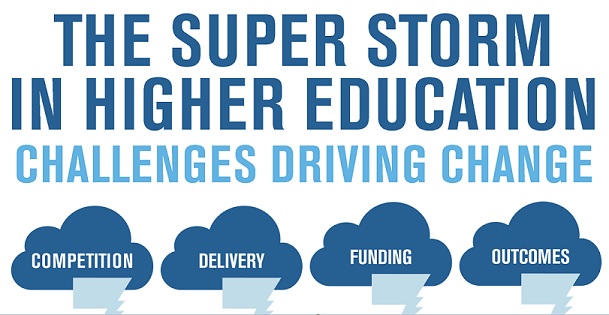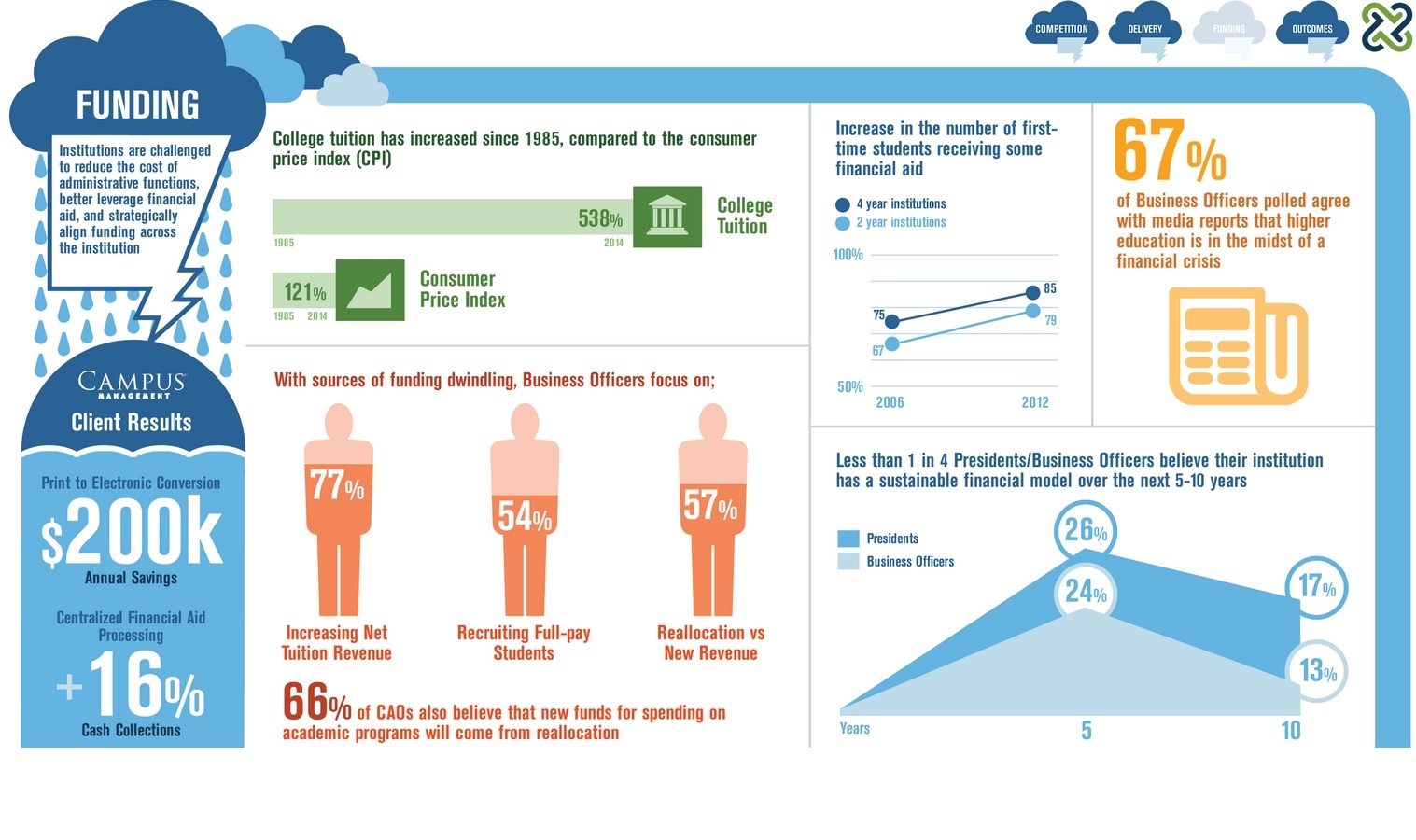Embracing failure to spur success: A new collaborative innovation model — from educause.com by Kim Wilcox and Edward Ray
Excerpt:
The implied message is clear: We’d prefer not to talk about what isn’t working at the postsecondary level.
We’re in a competitive sector, and there is misplaced pressure on all higher education institutions to achieve top placement in U.S. News & World Report and other annual rankings, regardless of whether or not those rankings make any sense. We all feel significant pressure to make sure that our constituents—from board members to faculty to parents to legislators—are happy with the direction of the institution. And we also know that those constituents can be impatient in waiting for substantive change to produce positive results. Honest discourse on new initiatives that seem unproductive or in need of modification is likely to lead to unpleasant conversations that few of us would relish.
This is not the way to foster innovation and improvement in higher education. The best innovators in the world typically follow the mantra that failure is acceptable, helpful, and sometimes even necessary to ultimately achieving an objective. Many of the products we rely on today, from Post-it Notes to pacemakers, resulted from mistakes or failures in the search for other innovations. And just about any founder of a successful Silicon Valley start-up has a track record of ventures that failed.
Successful innovation requires experimentation and learning from failure.
…
At the University of California, Riverside, and Oregon State University, we are engaged in one effort to achieve these goals: the University Innovation Alliance. The UIA is a consortium of eleven major public research universities that are working together to identify new solutions to challenges found throughout the higher education community, and then to share information about failures and successful solutions among institutions.
From DSC:
Some images that are along these lines:












